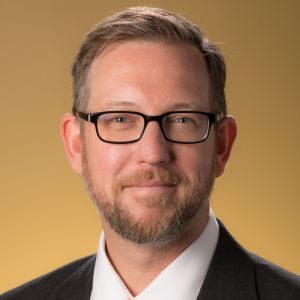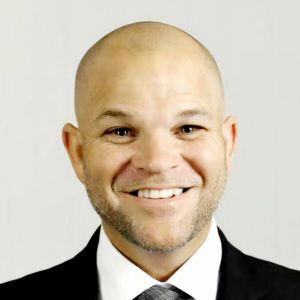What Happens When Public School Districts Embrace Hybrid Schools?
With a fifth of its school-age children engaged in homeschooling, one Tennessee district found a way to connect them to the public system

Get stories like this delivered straight to your inbox. Sign up for The 74 Newsletter
Updated Dec. 12, 2024
At Samuel Everett School of Innovation, students attend their brick-and-mortar school building one day a week and learn from home the other four days, using a combination of paper and digital materials and under the guidance of teachers. In many cases, the same teachers remain with their students for several years. What’s truly unique about the Tennessee hybrid school, though, is that it’s a part of the public school system.
With one in five school-age children engaged in homeschooling or in an umbrella program, Blount County Schools decided in 2018 to offer an option aimed at bridging the best of both homeschooling and public school, while offering a flexible schedule and college preparatory academics.
The district is not alone. Gwinnett County, Georgia, has experimented with hybrid learning for several years, often focusing these efforts on higher-level high school classes within much larger conventional public schools. At Collins Hill High School, for example, hybrid courses include synchronous online classes on home days with offerings, including AP classes, directed at juniors and seniors. Dallas Hybrid Prep in Texas, which serves students in grades 3 to 8, was created several years ago as a hybrid school by design – the first public hybrid school in the state.
While the hybrid schooling model is not necessarily new, two developments have emerged in recent years. First, interest in attending, founding, and working at these schools has increased since the Covid pandemic; and second, conventional public-school systems are starting to get into the game.
Hybrid programs can benefit teachers as well as students and families. An EdWeek survey last summer found only 18 percent of teachers satisfied with their jobs. Compare that to what hybrid school teachers say about their jobs: Well over 90 percent were “somewhat” or “strongly” satisfied with being a teacher at their school, according to a 2022 survey by the National Hybrid Schools Project at Kennesaw State University. An even higher percentage agreed with the statement: “Most of my colleagues share my beliefs and values about what the central mission of the school should be.”
Why might this be? Perhaps because these schools tend to be small, they are more responsive to teacher and student needs. Perhaps because they are also very focused on their individual themes—as classical schools, as project-based schools, as outdoor schools, for instance—teachers are better able to find a situation that suits them.
At Samuel Everett, teachers are employed by Blount County Schools and receive the normal pay and benefits through the local school system. They all have experience in conventional public schools. Yet the transition to teaching at this hybrid school requires a mindset shift, as the way teaching and learning takes place is largely different with the school’s 400-some students being in the classroom for a few hours per week rather than five full days.
Hybrid teachers at Samuel Everett have to be more precise with how they spend their limited in-class time and prioritize the aspects of teaching and learning that matter most with their time with students. As a result, class time is very academic, with feedback from assessments directing how to best use time with students. In addition to preparing lessons and supporting families, Samuel Everett teachers are also responsible and accountable for the same standardized test results as all other public school teachers in Tennessee.
Many of the school’s elementary students work with the same instructors for several years. The same teacher leads both first and second grade, and a duo of educators leads the third to fifth grade classes (one teaches math and science and the other focuses on English and social studies). Secondary school teachers are content specialists, in many cases teaching both middle and high school courses. Each teacher has at least one day with no classes so he or she can spend a day preparing the upcoming week’s lessons, corresponding and supporting families, and evaluating and monitoring student work.
Parents also play a role in the education process. Teachers prepare and send home plans and materials for the at-home work that will be completed by the student and their parents during the remainder of the week. The materials, plans, and curriculum require very little lesson planning and preparation on the parents’ end. Teachers introduce material, and parents review, support, and supplement it at home.
While most hybrid schools are either private institutions or charter schools, Samuel Everett and others offer proof that this unconventional public-school option can also attract students and families. With teachers burning out and parents opting out of conventional schools, more public school systems should explore the hybrid model.
That requires districts to reconsider what a partnership with their parents and communities might look like. It requires policy makers to value offering families a school choice that provides increased flexibility. And it requires parents to become more involved in their children’s education and be willing to try out a school model that looks unconventional. Done right, the public hybrid model has the potential to regain families’ trust in their local public-school districts.
Get stories like these delivered straight to your inbox. Sign up for The 74 Newsletter

;)

